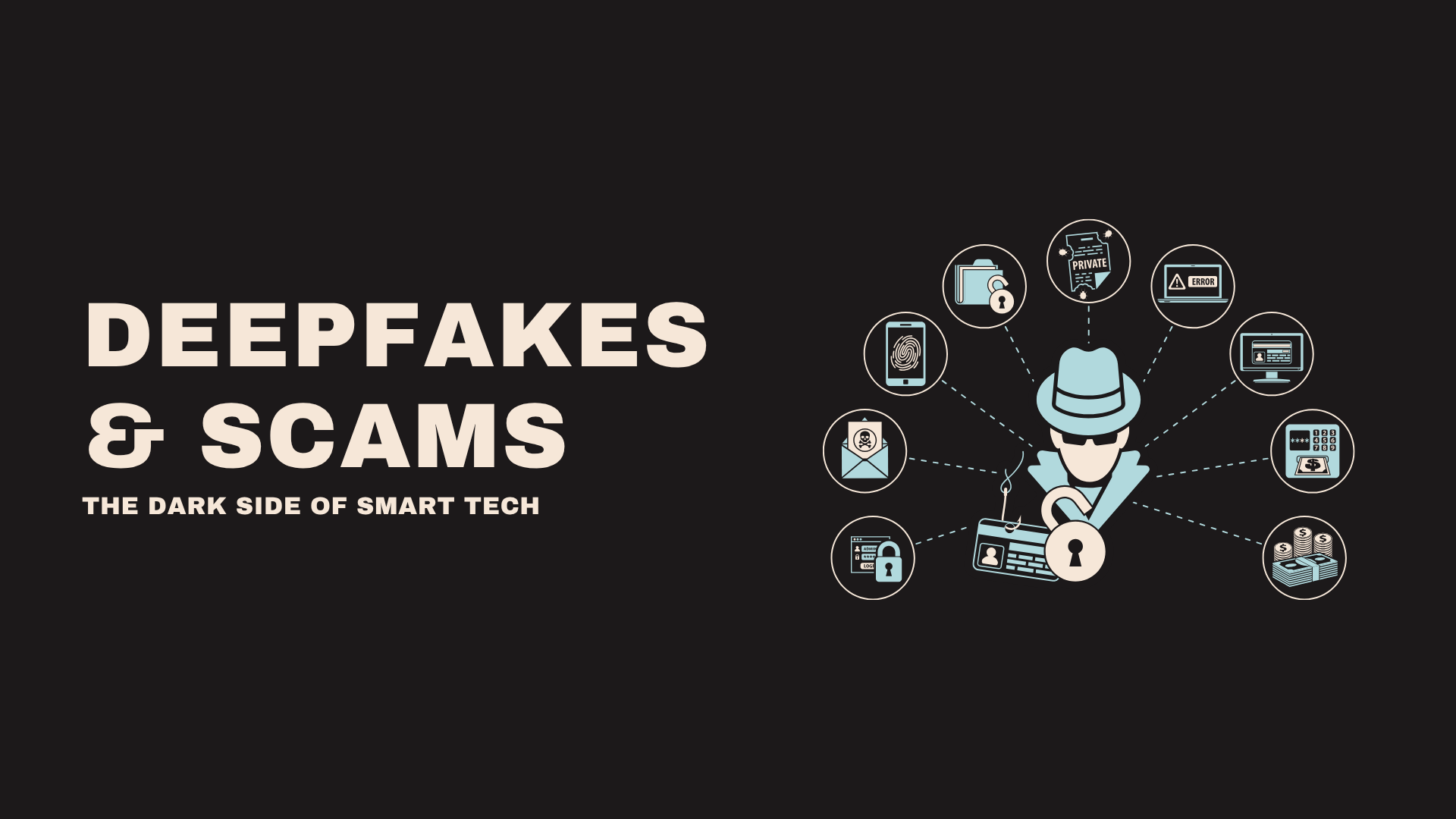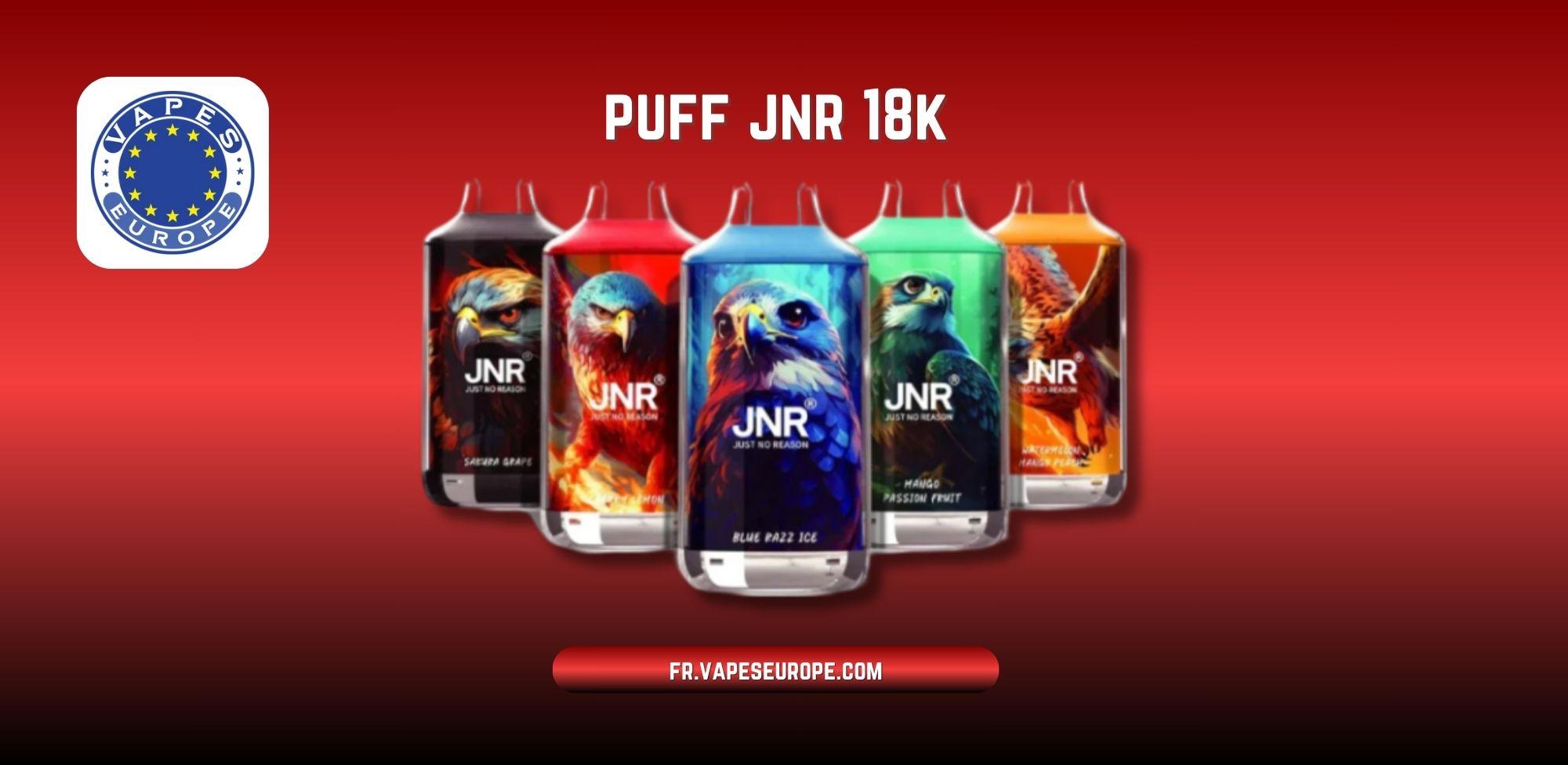Deepfakes & Scams: The Dark Side of Smart Tech

I still remember the first time I saw a deepfake video. It was late at night, scrolling through a feed that never sleeps. A celebrity appeared to say something completely outrageous , and I believed it for a few seconds. My brain froze. The lighting looked right, the voice matched, the expressions were perfect. It was only after someone in the comments screamed “this is a deepfake!” that I snapped back to reality. That moment made me realize how fragile digital truth has become.
We’ve built technology so smart that it can copy us. Literally. Deepfake tools now clone faces, voices, even emotions. The same tech that can make movie magic or revive old memories can also turn into a weapon , spreading lies, scams, and fear faster than we can fact-check. And honestly, that’s terrifying.
When Smart Tech Turns Against Us
We grew up believing that smart tech would save time, not steal trust. Yet here we are , fighting fakes instead of fixing problems. Deepfake scams are rising everywhere: fake CEOs asking employees to wire money, fake girlfriends scamming men through video calls, fake “news” clips spreading faster than wildfire.
What’s wild is how natural these videos feel. A few lines of AI code and a handful of reference images can recreate a human in minutes. And the real trap? It’s not always obvious who’s behind them. A scammer sitting in a small room halfway across the world can appear as your boss on Zoom.
I read a story about an employee who transferred $25 million after hearing what sounded like his manager’s voice , same tone, same laugh, same little cough at the end. Later, he learned it was an AI copy. That’s the moment you realize the line between “smart” and “sinister” isn’t technical anymore. It’s emotional.
The Emotional Side of the Deepfake Problem
There’s a strange kind of heartbreak in realizing that what you see , or even who you see , might not be real. When deepfakes first appeared, most people laughed at them. They were memes, parodies, harmless jokes. But today, they’re part of something darker.
Imagine a young woman discovering her face pasted onto an explicit video that never happened. Imagine parents watching a video of their child saying things they never said. This isn’t about technology anymore; it’s about dignity and identity.
The worst part? Once a deepfake hits the internet, it’s nearly impossible to erase. Like spilling ink on water , it spreads everywhere before you can clean it up.
Why the World Fell for Deepfakes
There’s a simple reason deepfakes spread so fast: they feed on curiosity. Humans love what feels new and unbelievable. A shocking headline, a video that defies logic , our brains light up before our reasoning kicks in.
The algorithms know this too. Social media rewards engagement, not accuracy. So the most outrageous deepfake videos often climb to the top of feeds, getting millions of views before fact-checkers can even blink.
The truth gets buried under reaction emojis and share buttons. And we, the users, become both victims and amplifiers.
From Harmless Fun to High-Tech Manipulation
Let’s be fair , not every deepfake is evil. Some creators use the tech for fun, like putting actors into classic movie scenes or reviving historical figures for education. In Hollywood, deepfakes are helping finish films when actors can’t return to set.
But when a tool becomes this powerful, intent becomes everything. Deepfake technology isn’t just about creativity anymore; it’s about control. Whoever can manipulate what others believe, wins.
That’s why governments and cybersecurity experts are worried. Deepfake scams could influence elections, destroy reputations, or trigger panic with a single clip. We’re not just fighting fake videos , we’re fighting for reality itself.
Spotting the Fake: The New Digital Survival Skill
People used to say “don’t believe everything you read online.” Now, it’s “don’t believe everything you see.”
Spotting a deepfake requires new instincts. Sometimes you’ll notice strange blinking patterns, unnatural shadows, or lips that don’t match the audio. But the truth is, deepfakes are getting too good. Even forensic experts struggle to tell real from fake without using AI detection tools.
I tried a few online detectors myself, just for curiosity. Some caught the fakes instantly; others failed miserably. How are regular users supposed to keep up when the line between truth and illusion is blurring this fast?
Rebuilding Digital Trust
So how do we fix this mess? The solution isn’t as simple as deleting videos or banning tools. Deepfake tech itself isn’t evil; it’s neutral. What matters is how we use it.
We need systems that verify authenticity the way browsers verify websites. Think of it like converting a pdf to png , the core data stays the same, but the format changes to something clearer, easier to view, less editable. If digital files can be locked and traced, why can’t videos carry a digital signature proving who made them and when?
That’s one potential path: authenticity certificates embedded into media files. Imagine if every real video had its own little digital signature, like a timestamp or a unique mark that no one could fake it wouldn’t fix everything right away, but it could help slow down the wave of fake stuff we see every day. Don’t you think that would make scrolling online a little safer?
The Role of Awareness and Digital Literacy
No tool will ever replace common sense. Part of the solution lies in us, the users, viewers, and sharers. Digital literacy has to evolve beyond passwords and privacy settings.
We gotta start teaching ourselves and each other to slow down a little before reacting to anything online, to take a second to check what’s real before hitting repost because that’s the only way we can really start taking back control of what we believe and share. Because when you strip away all the fancy terms, a deepfake scam still depends on one old trick: human trust.
Once you question what you see, the power shifts.
Hope in Transparency
Not all hope is lost. Tech companies are now racing to develop deepfake detection algorithms. Ironically, we’re using AI to fight AI , creating digital antibodies for the infection we started.
Some researchers are designing systems that analyze light reflections in eyes or micro-movements in muscles to identify synthetic faces. Others are working on blockchain-based tracking systems that could attach “truth labels” to verified content.
It’s a bit like turning chaos into clarity , a digital version of converting pdf to png so the data becomes transparent again. Maybe that’s the metaphor we need: clearer formats, clearer minds.
My Personal Take
As someone who’s been writing about tech for years, I’ve seen trends come and go , VR, crypto, NFTs, smart homes. But this deepfake wave feels different. It’s not just another tech trend; it’s a cultural mirror. It’s showing us what happens when innovation outpaces ethics.
I used to believe every new tool was progress. Now I’m not so sure. Maybe progress isn’t about smarter tech, but wiser use. Maybe the real innovation will come from restraint , from the courage to slow down and ask, should we?
Sometimes I catch myself watching an online clip and double-checking whether it’s real. That’s the new normal. But maybe that’s also a good thing , it means we’re finally paying attention.
Moving Forward: Tech with Conscience
If there’s one thing I’ve learned from studying deepfake trends, it’s that fear alone doesn’t solve anything. We can’t run from technology. What we can do is shape it.
Developers need clearer ethical guidelines. Platforms need better moderation tools. And users , us , need to build habits of skepticism and awareness.
The solution isn’t to abandon smart tech but to balance it with smart judgment. Imagine a future where digital systems verify authenticity by default, where every clip you watch comes with a “verified” label, just like secure websites today. That’s the future worth building , one where deepfakes can exist without destroying trust.
Conclusion: Choosing Reality
The deepfake era isn’t a nightmare; it’s a test. A test of how much we value truth in a world that can imitate anything. Technology gave us this chaos, but it can also give us the cure , transparency, verification, and awareness.
Every time we pause before sharing a video, every time we question a headline that feels too perfect, we’re helping rebuild something we lost: authenticity.
The dark side of smart tech isn’t inevitable. It’s just a reminder that intelligence , artificial or not needs conscience. And maybe, that’s the smartest upgrade we can hope for.








